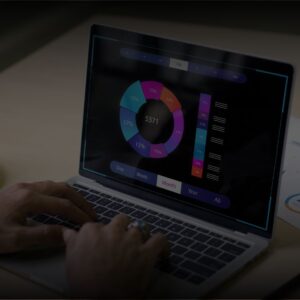Startup Solutions:
Grow Your Capabilities To Become Investment-Ready
Boost Credibility & Attract Investment
At Vyne Analytics, we recognise the transformative potential of startups and provide targeted solutions to elevate your entrepreneurial endeavours. We pave the path from concept to commercial viability with data-driven precision and insight.
Analytics Solution for Startups

Kickstart your capability development with our free self-assessment tool. Get an initial overview of where you are in the startup journey.
Free Self-Assessment

Leverage our dynamic Startup Dashboard for a detailed view of your capability maturity. Measure, track, and develop your capability maturity and convert our unique data into growth strategies that are scalable.
Startup Dashboard

Use detailed capability analytics with our Insight Report to strengthen your investment pitch. Engage with stakeholders in meaningful two-way conversations about your progress against growth targets. This periodic reporting tool helps you identify and focus the strengths you can capitalise on and critical capability gaps you need to address to become investment ready.
Insight Report

Utilise our Goal-Setter tool to receive tailored recommendations for advancing towards investment readiness. Work together with your team to set the goals that accelerate growth and attract investors.
Goal-Setter

Opt for our targeted audits to verify your capability maturity and enhance credibility with investors and funding bodies. Our scientifically proven audit methodology delivers a transparent, reliable, and robust analysis that investors and funding bodies trust. Strengthen your pitch with Vyne Analytics’s independent capability audit report.
Capability Audits
Features Tailored To Your Startup's Needs
Strategic Insight
Start our free self-assessment, leading to a high-level analysis of your capability maturity and development stage.
Dashboard Clarity
Leverage our capability dashboard, detailed insight reports, and goal-setter tool to stay focused on becoming investment-ready.
Expert Validation
Verify the maturity of the capabilities that underpin your readiness for investment with our on-site audit.
Accelerate Your Growth
Our analytics solutions for startups are designed to keep you on track to become investment-ready and accelerate business growth. From assessing the current stage to planning the next steps of development, Vyne Analytics stands as your strategic partner.
Unlock Your Potential
Initiate the transformation of your startup with Vyne Analytics and focus on the capabilities you need to make your idea a reality.
